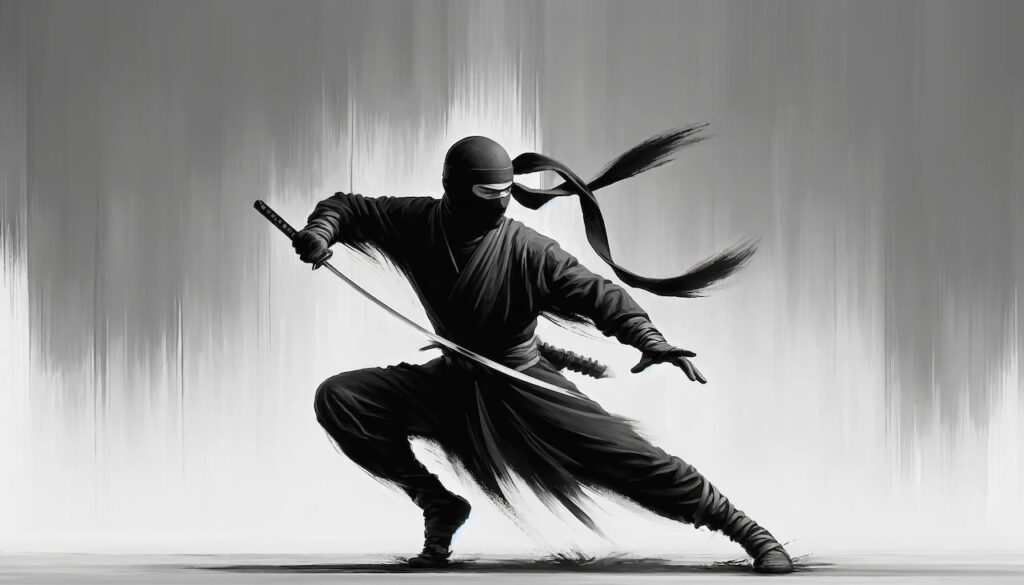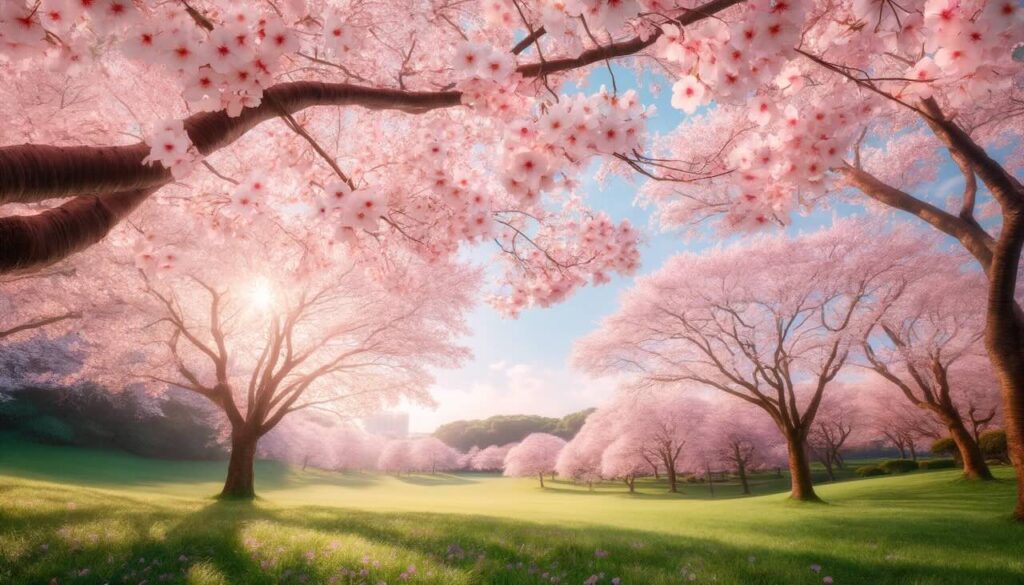In an era of convenience and disposable packaging, Japan’s ancient art of furoshiki stands out as a beautiful and sustainable tradition. This square cloth, used for wrapping and carrying objects, embodies centuries of aesthetic refinement, practicality, and environmental mindfulness.
Let’s explore the rich history, cultural significance, and modern revival of this iconic Japanese textile.
- A Heritage Rooted in the Nara Period
- What’s in a Name? The Etymology of Furoshiki
- The Edo Era: From Utility to Fashion
- Meiji to Taishō: Mass Production and Modern Design
- Postwar Decline and Ecological Revival
- Furoshiki Today: A Fusion of Function, Fashion, and Sustainability
- Conclusion: The Enduring Charm of Furoshiki
A Heritage Rooted in the Nara Period
The story of furoshiki begins in the Nara period (710–784). Among the preserved treasures of the Shōsōin Repository—a treasure house associated with Emperor Shōmu—scholars discovered cloths used to wrap costumes for bugaku, an ancient court dance. These textiles, though not yet called “furoshiki,” reveal the early Japanese practice of wrapping important objects in fabric.
What’s in a Name? The Etymology of Furoshiki
The term “furoshiki” emerged during the Muromachi period (1336–1573). At the time, steam baths were popular, and people would spread cloths on the floor to sit or stand on—particularly while changing clothes. The term combines:
- Furo (風呂) – bath
- Shiki (敷き) – to spread
Thus, “furoshiki” literally means “bath spread,” though the cloth’s use quickly expanded beyond the bathhouse.
The Edo Era: From Utility to Fashion
By the Edo period (1603–1868), furoshiki had evolved into a versatile everyday item. People used it to:
- Wrap and transport clothing, books, gifts, and groceries
- Identify ownership by dyeing family crests or merchant logos onto the cloth
- Display artistic flair with intricate stencil-dyeing, shibori (tie-dye), and other traditional textile techniques
Furoshiki became not just practical, but fashionable, reflecting the aesthetic sensibilities of the period.
Meiji to Taishō: Mass Production and Modern Design
With the dawn of the Meiji era (1868–1912), Japan industrialized rapidly. Mass production made furoshiki more affordable and widespread. It became a daily essential for carrying lunch boxes, shopping goods, and personal belongings.
In the Taishō period (1912–1926), furoshiki design entered the realm of graphic art. Influential designer Hisui Sugiura created bold, modern motifs that elevated furoshiki from humble utility to objects of beauty and style.
Postwar Decline and Ecological Revival
After World War II, Japan saw a surge in Western-style consumerism, and plastic bags began to replace furoshiki. However, by the 1960s and beyond, growing environmental concerns sparked renewed interest in this eco-conscious tradition.
The Japanese government and environmental groups began promoting the “Eco Furoshiki” movement—encouraging citizens to use furoshiki in place of disposable bags and wrapping paper.
Furoshiki Today: A Fusion of Function, Fashion, and Sustainability
In modern Japan, furoshiki is enjoying a renaissance as both a functional item and a lifestyle accessory. Contemporary furoshiki designs are made with everything from organic cotton to recycled fibers, blending traditional craftsmanship with sustainability.
Creative uses include:
- Gift-wrapping without tape or ribbon
- Reversible tote bags with just a few folds and knots
- Scarves, table runners, and wall hangings
- Zero-waste lunch carriers
Workshops and YouTube tutorials have popularized “furoshiki arranging” (furoshiki no musubi kata), showing how to transform a simple square of cloth into beautiful and practical forms.
Conclusion: The Enduring Charm of Furoshiki
From courtly rituals in ancient Japan to modern sustainability movements, furoshiki has long been a symbol of Japanese creativity, elegance, and environmental awareness. It reflects a philosophy of mindful living—choosing beauty, efficiency, and respect for nature.
As global interest in low-waste lifestyles continues to grow, furoshiki offers a meaningful alternative to throwaway culture. It invites us to reimagine how we carry, gift, and wrap—one fold at a time.


